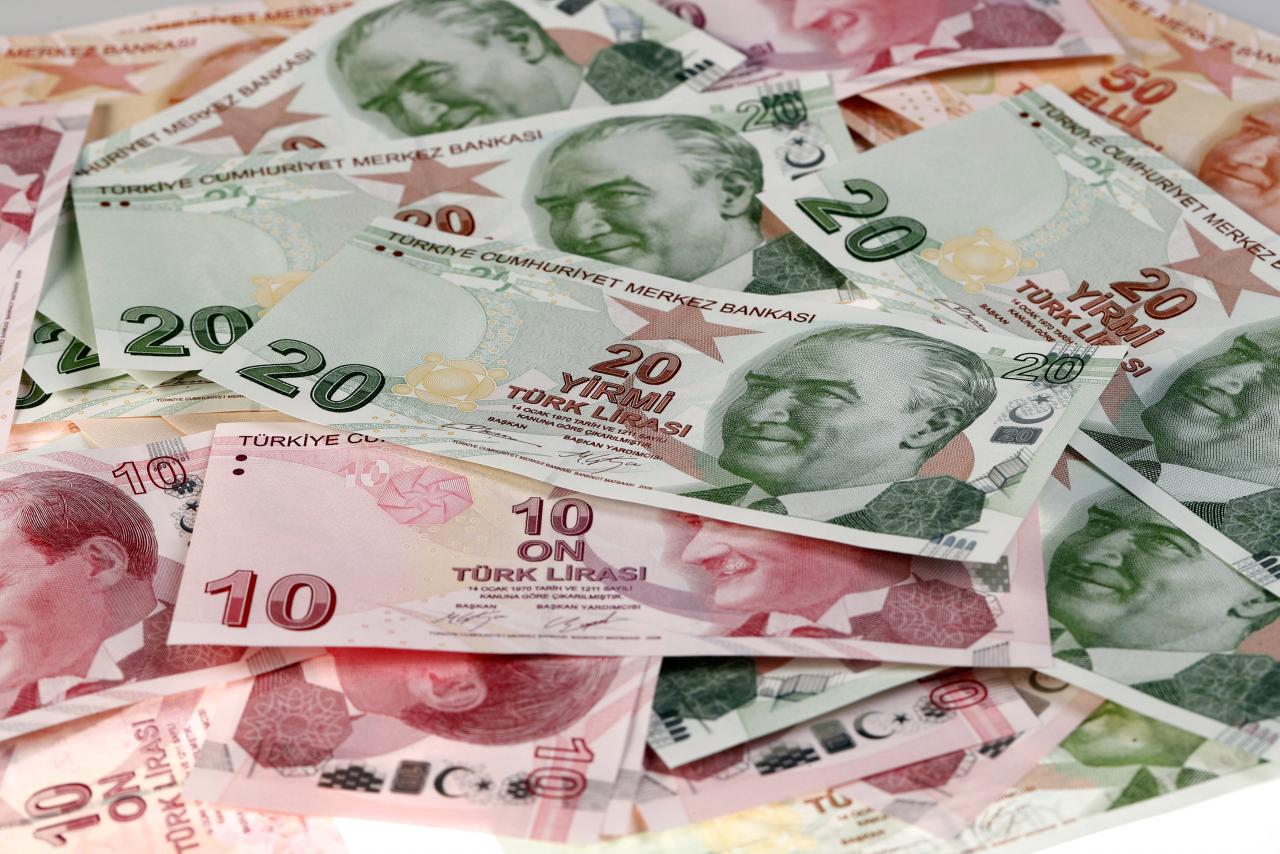How Turkey’s Lira Crisis Could Impact Iran

EghtesadOnline: Over the past week, the value of Turkish lira collapsed yet another time. At first glance, this seems like a problem peculiar to Turkey, but economists are warning that the Turkish lira’s slide will have a ripple effect on Iran’s economy.
“The 40% drop in the Turkish lira in recent months could escalate the outflow of currency from Iran toward the neighboring country’s real-estate market. The Central Bank of Iran needs to take into account the new developments and their knock-on effects on Iran’s economy. On top of that, cheap imports [of consumer goods] from Turkey might lead to an even more alarming situation for the manufacturing sector in Iran,” Financial Tribune quoted him as saying.
The above views were posted by Mohammad Tabibian, a prominent Iranian economist and former deputy director of Plan and Budget Organization, on his telegram channel.
“Iranians purchased 745 properties in Turkey to rank as eighth biggest foreign homebuyers there in 2017,” Reza Kami, the chairman of Iran-Turkey Chamber of Commerce, has told the Persian daily Iran.
“This is while in the first half of 2018, Turkey’s Registry of Deeds Office recorded more than 944 properties in the name of Iranian nationals, suggesting that we have become the third largest foreign purchasers of Turkey’s residential properties. I believe the domestic issues are to blame for this trend and not the plunge in Turkish lira.”
The value of Iranian rial has declined by 176% against the US dollar in the year ending August 13, 2018, while the Turkish lira also lost 97% of its value against the dollar in the past year. These figures show the depreciation of rial against dollar has been deeper than that of the lira.
Turkey’s year-on-year consumer price index has increased by 15.8% in July while Iran’s year-on-year inflation grew by 18%.
The main challenges facing Turkey’s economy are the foreign debts of the country’s private companies, budget deficit and reliance of economic growth on short-term credits.
Turkey’s primary concern is the country’s foreign debts, which constitute close to 60% of its GDP.
On the other hand, Iran’s foreign debts account for less than 5% of its GDP. The main economic threats for Iran are the rising inflation and the erosion of people’s purchasing power.
Further threats to Iran’s economy have been posed by the reimposition of US sanctions and the loss of oil customers after US President Donald Trump pulled out of the nuclear deal in May. The Trump administration also imposed new economic sanctions on Turkey last week because Turkish President Recep Tayyip Erdogan refused to hand over an American preacher who has been jailed there.
Latest figures show trade between Iran and Turkey hit $1.7 billion in 2017, indicating an 11% rise compared with the year before. Iran’s exports to Turkey stood at $7.5 billion in 2017 to register a 59% year-on-year growth.
Iran has been the 12th largest exporter to Turkey, accounting for 3.2% of Turkey’s total exports. Oil, natural gas, petroleum products and copper were Iran’s main exports to Turkey. The rise in the prices of oil last year led to an increase in the value of Iran’s exports to Turkey.
Turkey’s exports to Iran saw a 34% decline in 2017 to reach $3.3 billion. Iran is the eighth biggest export destination of Turkey’s products. Its main imports from Turkey include essential goods, fruits, wood and metal products.
Last year, Turkey was the fifth largest importer of goods from Iran and the fourth biggest exporter of goods to Iran. The two countries aim to increase bilateral trade to $30 billion annually and have signed a number of agreements to achieve this goal, the latest of which was the preferential trade agreement of January 2015, which cut tariffs on hundreds of products.
Turning Threats to Opportunities
Another outlook on the economy of the two neighboring countries is that they can turn threats to opportunities, as they are sharing the same predicaments.
Under the sanctions regime and restrictions imposed by the US on European countries’ trade with Iran, Turkey can claim a bigger share from Iran’s import of essential and intermediate goods. The two countries have the opportunity to facilitate mutual trade by using their national currencies.
As part of the agreement to use Iranian rial and Turkish lira between the two countries’ central banks, Bank Melli Iran opened the first letter of credit on April 16 to finance Iranian trade with Turkey, CBI’s website reported.
Turkey and Iran’s central banks formally agreed in October 2017 to trade in their local currencies. The agreement was discussed earlier during Iranian President Hassan Rouhani’s visit to Turkey followed by a draft agreement between the governors of the two countries’ central banks.
Under the deal, the Iranian rial and Turkish lira will be easily converted to help reduce the costs of currency conversion and transfer for traders. The countries previously used euros in their transactions, as Iran is barred from using the US financial system.


